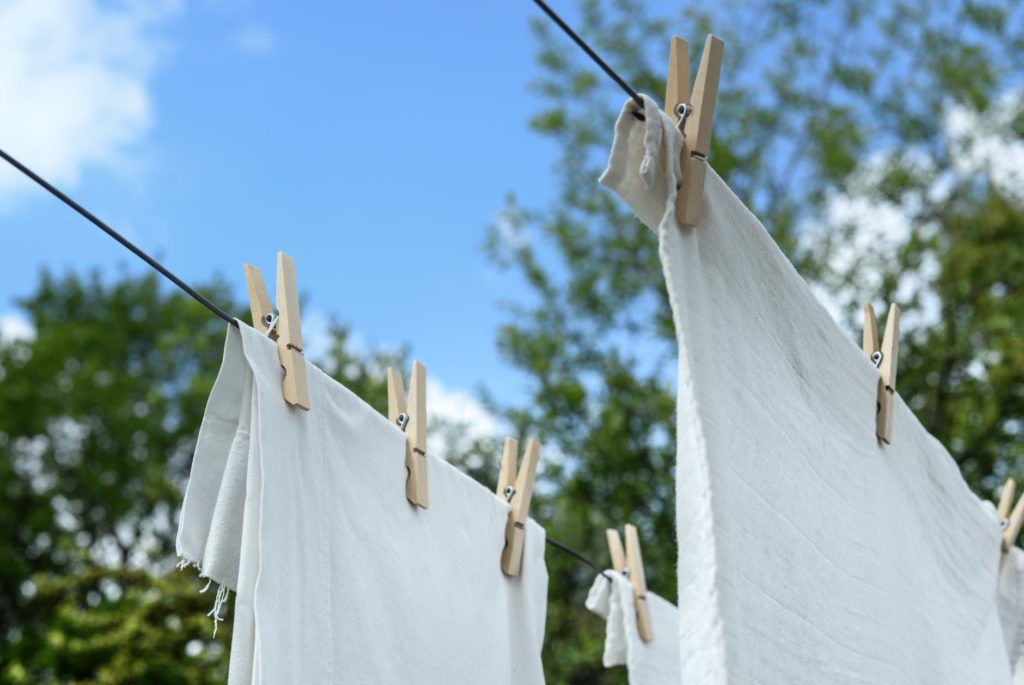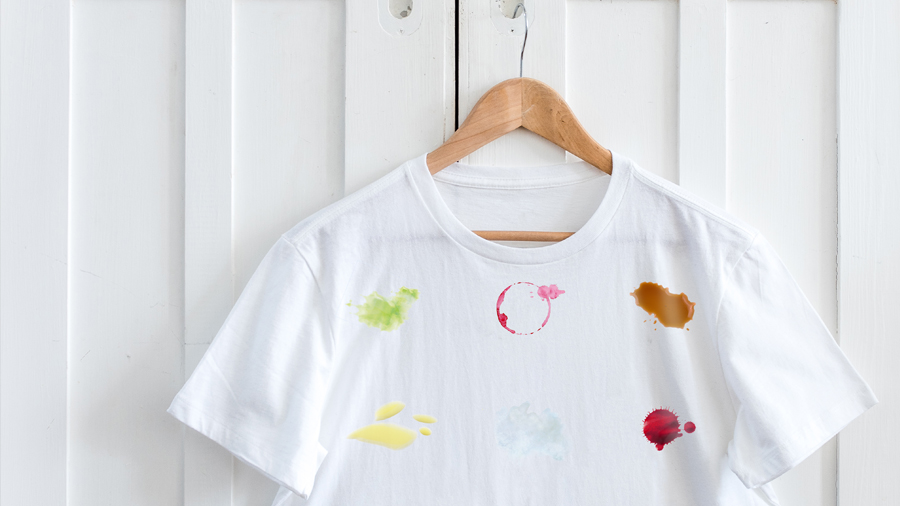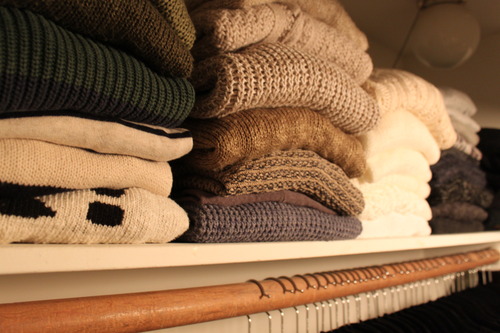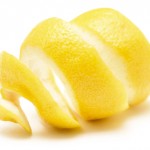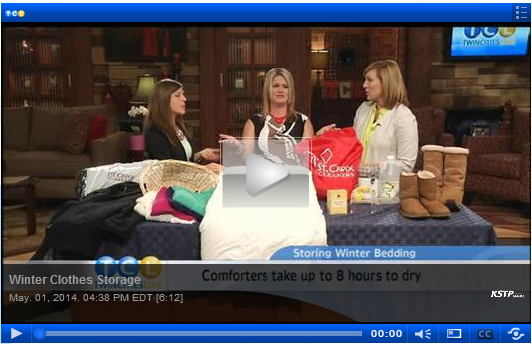Special Care Tips For Your Summer Whites
Summer brings out the brightest colors. Reds, pinks, yellows, purples, blues, and whites. White? Yes, white is a color.
In their natural state, many fabrics have an off-white or yellowish cast and are often bleached to remove this natural color. Manufacturers often add optical brighteners to make fabrics appear whiter and brighter. Occasionally, these agents break down, causing the fabric to revert to its natural off-white or yellowish color.
Exposure to light can break down fluorescent brighteners, causing the areas not exposed to light to be unaffected. Thus, the front of a sweater laid out to dry in the sun may turn yellow while the back remains white. Once this happens, it usually can’t be corrected.
Graying of whites is another story. Dingy-looking white is most often caused by incomplete soil removal over an extended period of time despite repeated washing.
This can be caused by any or all of the following:
- Not pre-soaking heavily stained garments
- Too little detergent
- Overloading the washing machine
- Water temperature too low
- Sorting clothes incorrectly
The Drycleaning & Laundry Institute has tips to keeps your whites looking bright. To remove this soil buildup and restore whiteness, take the following steps with washable items:
- Use the hottest temperature of water acceptable for the fabric
- Add 1-2 cups water conditioner
- Add detergent and
- Add clothes and run through a complete wash and rinse cycle.
As always, bringing your items into a professional dry cleaner is the easiest and most effective way to keep your items looking and feeling their best.
We hope these tips help. If you run into any trouble with any of your garments, we’ll be happy to help!
Visit StCroixCleaners.Com to learn about all of our cleaning and alteration services at our 15 locations.


